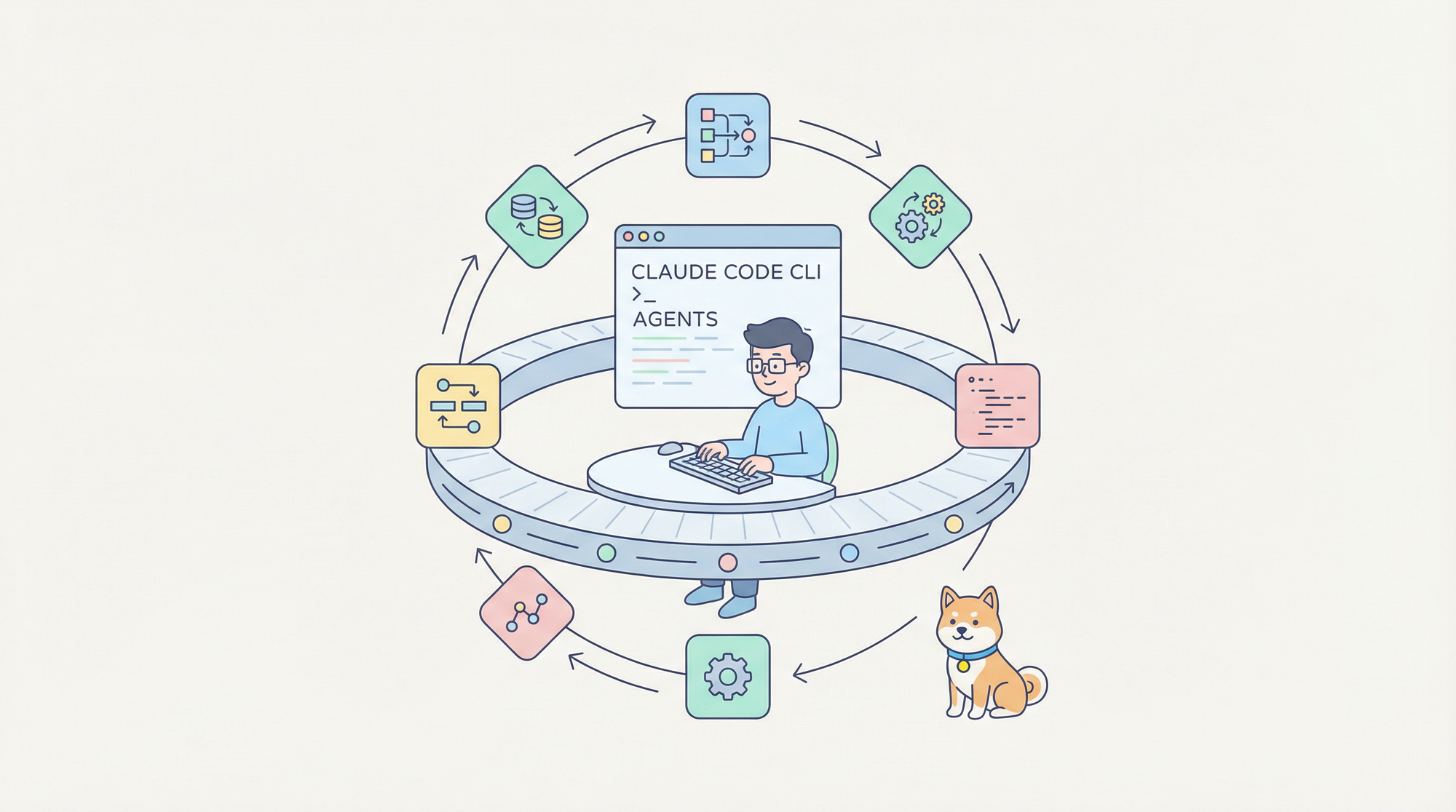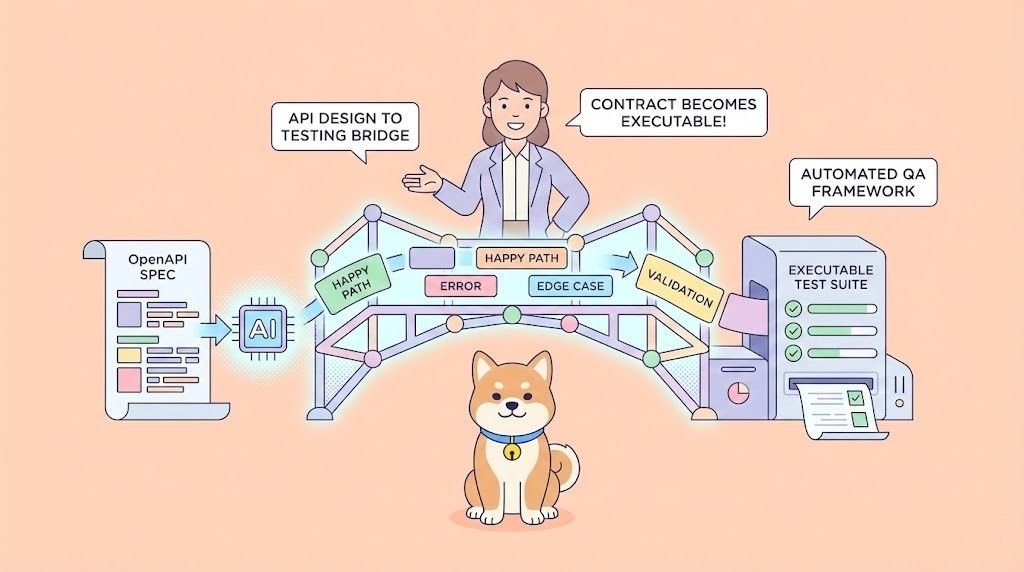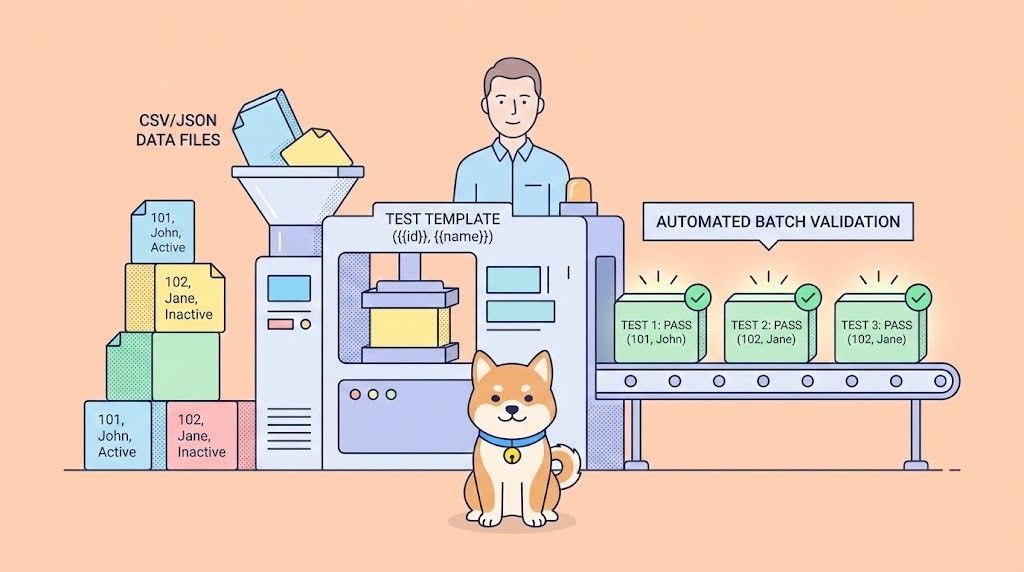In the world of API development, comprehensive and user-friendly documentation is essential. It not only helps developers understand how to use an API but also ensures that the API is easily maintainable and scalable over time.
Among the numerous tools available for API documentation, Redocly and Apidog are two popular options. This article will guide you through the process of creating API documentation using both tools and help you choose the right API documentation tool for your project.
Why API Documentation Matters?
API documentation is the cornerstone of any successful API. It provides developers with a clear understanding of how to interact with an API, what endpoints are available, how to authenticate, and what responses to expect. Good documentation is not just about listing endpoints; it's about making the information accessible, understandable, and useful for both new and experienced developers.
Creating API Documentation with Redocly
Redocly is a popular tool for rendering OpenAPI specifications into user-friendly, interactive API documentation. Here's how you can use Redocly to create your API documentation.
Step 1: Prepare Your OpenAPI Specification
Redocly requires an OpenAPI (formerly known as Swagger) specification file. This file is written in YAML or JSON format and includes all the necessary details about your API, such as endpoints, request/response formats, and authentication methods. The OpenAPI specification serves as the foundation for the documentation that Redocly will generate.
Step 2: Set Up Redocly
To get started with Redocly, you need to include it in your project. This can be done via a CDN, npm package, or Docker container, depending on your development environment. For a simple setup, you can add Redoc to your HTML file using the following script:
<script src="https://cdn.redoc.ly/redoc/latest/bundles/redoc.standalone.js"></script>
Step 3: Create a Basic HTML Page
Next, create an HTML file where Redocly will render your API documentation. This file will reference your OpenAPI specification file:
<!DOCTYPE html>
<html>
<head>
<title>API Documentation</title>
</head>
<body>
<redoc spec-url="path/to/your/openapi.yaml"></redoc>
</body>
</html>
Replace "path/to/your/openapi.yaml" with the actual path to your OpenAPI specification file.
Step 4: Customize and Deploy
Redocly offers various customization options to tailor the look and feel of your API documentation. You can modify colors, fonts, and layout to match your branding. Once everything is set up, you can deploy your HTML file on any web server.
Creating API Documentation with Apidog
While Redocly is a powerful tool, Apidog offers a more integrated and user-friendly approach to API documentation. Apidog not only generates documentation but also includes features for API design, testing, and management—all within a single platform.
Step 1: Set Up Your API Project in Apidog
Start by logging into your Apidog account and creating a new project. Apidog provides a straightforward interface for setting up your project, including options for defining the API version and project templates.

Step 2: Design Your API
Apidog shines in its API design capabilities. You can visually design your API by adding endpoints, defining request/response formats, and specifying authentication methods. The interface is intuitive, making it easy to create and manage even complex APIs. Additionally, Apidog allows you to batch manage multiple APIs, saving time and ensuring consistency.

Step 3: Automatic Documentation Generation
Once your API design is complete, clicking on "Save" will enable Apidog to automatically generate well-structured API documentation. This documentation includes all relevant details such as endpoints, request/response examples, authentication methods, and more. You can enhance the documentation with custom Markdown content, embedding diagrams, or providing additional context for developers.


Step 4: Manage API Changes and Versions
Apidog offers robust features for tracking API changes over time, making it easy to review, revert, or document the evolution of your API. You can also manage different versions of your API within Apidog, ensuring that developers can access the appropriate documentation for their needs.

Step 5: Share and Publish Your Documentation
With Apidog, sharing and publishing your documentation is as easy as clicking a button. You can make your documentation publicly accessible or restrict access to your team. Real-time updates ensure that your documentation is always current, reflecting the latest changes in your API.


Apidog – The Best Redocly Alternative
While Redocly is a solid tool for rendering OpenAPI specifications into user-friendly documentation, Apidog offers several advantages that make it a better choice for many API developers:
- Integrated Platform: Apidog is not just a documentation tool. It integrates API design, testing, and management features into a single platform. This means you can design, test, and document your API all in one place, streamlining your workflow and reducing the need for multiple tools.
- User-Friendly Interface: Apidog's visual interface makes it easy to design APIs without writing code. This is particularly beneficial for teams with varying levels of technical expertise, as it lowers the barrier to entry for API development.
- Real-Time Collaboration: Apidog facilitates team collaboration with features for sharing API designs, documentation, and test results. Team members can work on the same API project simultaneously, which is not something Redocly inherently supports.
- Automatic and Enhanced Documentation: Apidog automatically generates API documentation based on your design, including interactive elements that allow developers to test endpoints directly from the documentation. This interactivity is a significant upgrade over static documentation generated by Redoc.
- Change Management and Versioning: Apidog's API change history and version control features make it easier to manage and document changes over time. This is crucial for maintaining accurate documentation as your API evolves.
Conclusion: Choosing the Best API Documentation Tool
Both Redocly and Apidog are powerful tools for API documentation, but they serve different purposes and audiences. Redocly is excellent for developers who need a quick and straightforward way to render OpenAPI specifications into clean, static documentation. However, for those looking for a more comprehensive solution that integrates API design, testing, and documentation into one platform, Apidog is the superior choice.
Apidog's user-friendly interface, real-time collaboration features, and automatic documentation generation make it a more versatile and efficient tool, especially for teams working on complex APIs. Whether you're a solo developer or part of a larger team, Apidog provides the tools you need to create, manage, and publish professional-grade API documentation with ease.
In conclusion, if you're currently using or considering Redocly, it's worth giving Apidog a try. It offers a more integrated approach to API development and documentation, ultimately saving you time and helping you create better APIs.




